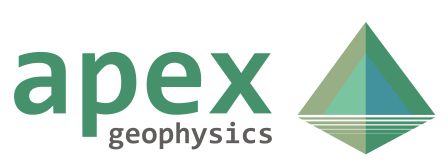| Seismic Refraction Profiling is used to investigate the strength of subsurface layers to help identify the material type, layer thickness, material stiffness and rock quality of the subsurface layers.
PRINCIPLES
Seismic Refraction Profiling measures the velocity of refracted seismic waves through overburden and rock material and allows an assessment of the thickness and quality of the materials present to be made. Stiffer and stronger materials usually have higher seismic velocities while soft, loose or fractured materials have lower velocities.
Readings are taken using geophones connected via multi-core cables to a seismograph. The equipment used comprises a 24 high resolution 24 channel digital seismograph, 24 low frequency vertical geophones and a powerful energy source such as a hammer and plate or a buffalo gun.
The recorded data is processed and interpreted using software thatapplies ray-tracing and intercept time methods to determine thesubsurface layer thicknesses and velocities.
RESULTS
As well as providing the profile of the layered geology of a site,seismic refraction surveying provides valuable geotechnical informationon the quality of overburden and bedrock. This information isparticularly valuable in the assessment of rippability.
Section showing layer model (with vertical exaggeration) compared to cut level for road realignment project
RIPPABILITY
The seismic velocity of a rock formation isrelated to characteristics of the rock mass which include rock hardnessand strength, degree of weathering and discontinuities. Usually thevelocity is just one of several parameters used in the assessment ofexcavatability. Weaver (1975) presented a comprehensive rippability rating chart (table1: see over page) in which the p-wave velocity value and the relevantgeological factors could be entered and assigned appropriateweightings. The total weighted index was found to correlate very wellwith actual rippability.
|


